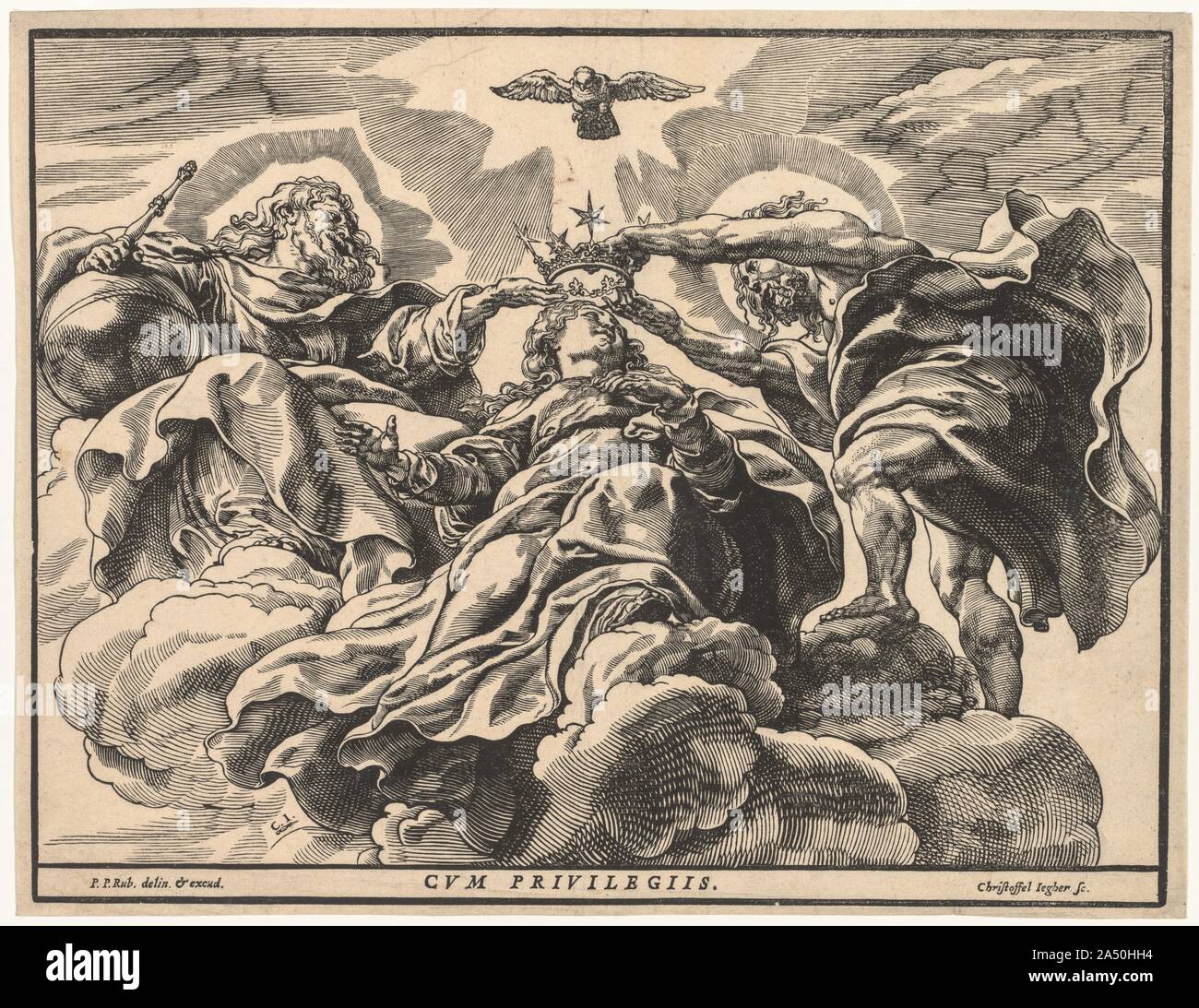
Albumen was most commonly used from the 1850s until the mid-1880s in the formats of cartes-de-visite, cabinet cards, stereographs, and photographs in albums. After exposure and printing-out, the resulting image can be characterized by a good reproduction of detail, great tonal density and contrast, and warm image tone. The process is based on the light sensitivity of silver chloride, which is suspended in an albumen binder, or egg-whites, on a paper support. Albumen ProcessĪ printing-out photographic process invented by Louis Désiré Blanquart-Évrard in 1850 as an improvement to the salted paper print. HCL 5-6 AlbumenĮgg whites, consisting of albumin proteins. The company produced and distributed Albertype prints in the form of postcards and viewbooks across the United States. The Albertype Company, opened in New York in 1888 and utilized the Albertype process for commercial purposes. Albert’s modifications to the collotype process allowed companies to cheaply produce about two thousand prints from each plate, as opposed to approximately one hundred prints allowed by earlier collotype variations. Albert presented the Albertype at the 1868 Photographic Exhibition in Hamburg. The Albertype is the invention of Joseph Albert, a photographer from Munich. AestheticismĪ late nineteenth-century European intellectual and artistic movement that focused on the pursuit of beauty, self expression and art strictly for the sake of beauty. Joubert of Paris, the aciérage process is also know as steel facing. AciérageĪ method of strengthening a metal printing plate by voltaic electricity for the purpose of making it longer lasting, more durable, and cheaper to produce more prints. Corresponding page numbers below are noted HCL. David’s self-published book Checklist of Photomechanical Processes and Printing 1825 – 1910is an invaluable resource to those interested in the nuance of photomechanical history. Many thanks to David Hanson who has generously helped with these notations.

Not sure where to start? Explore the Collection Highlights. For additional search options, try an advanced search.

Overwhelmed? Put photogravure’s significance into context with this historical overview. Learn about the identifying characteristics of hand-pulled photogravures. Learn more about the famous and not-so-famous photographers and scientists that have played a significant role in the discovery and evolution of the art.Įxplore an interactive timeline of the history of photography and photomechanical printing.
INTAGLIO PRINTS ARE MADE FROM FULL
The catalog contains thousands of images covering the full history of the process.īreakdown the complicated process of creating a photogravure. Not sure where to begin? Start by exploring a selection of the collection’s highlights.īrowse the collection or find something specific.


 0 kommentar(er)
0 kommentar(er)
